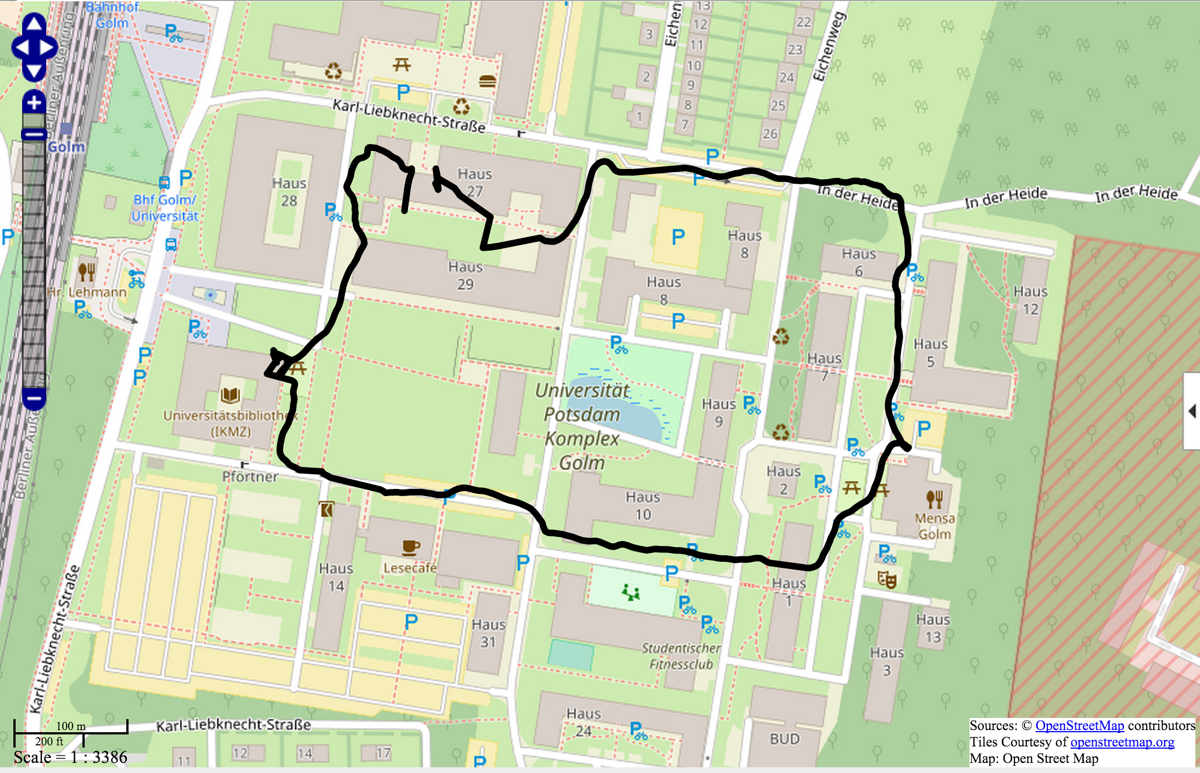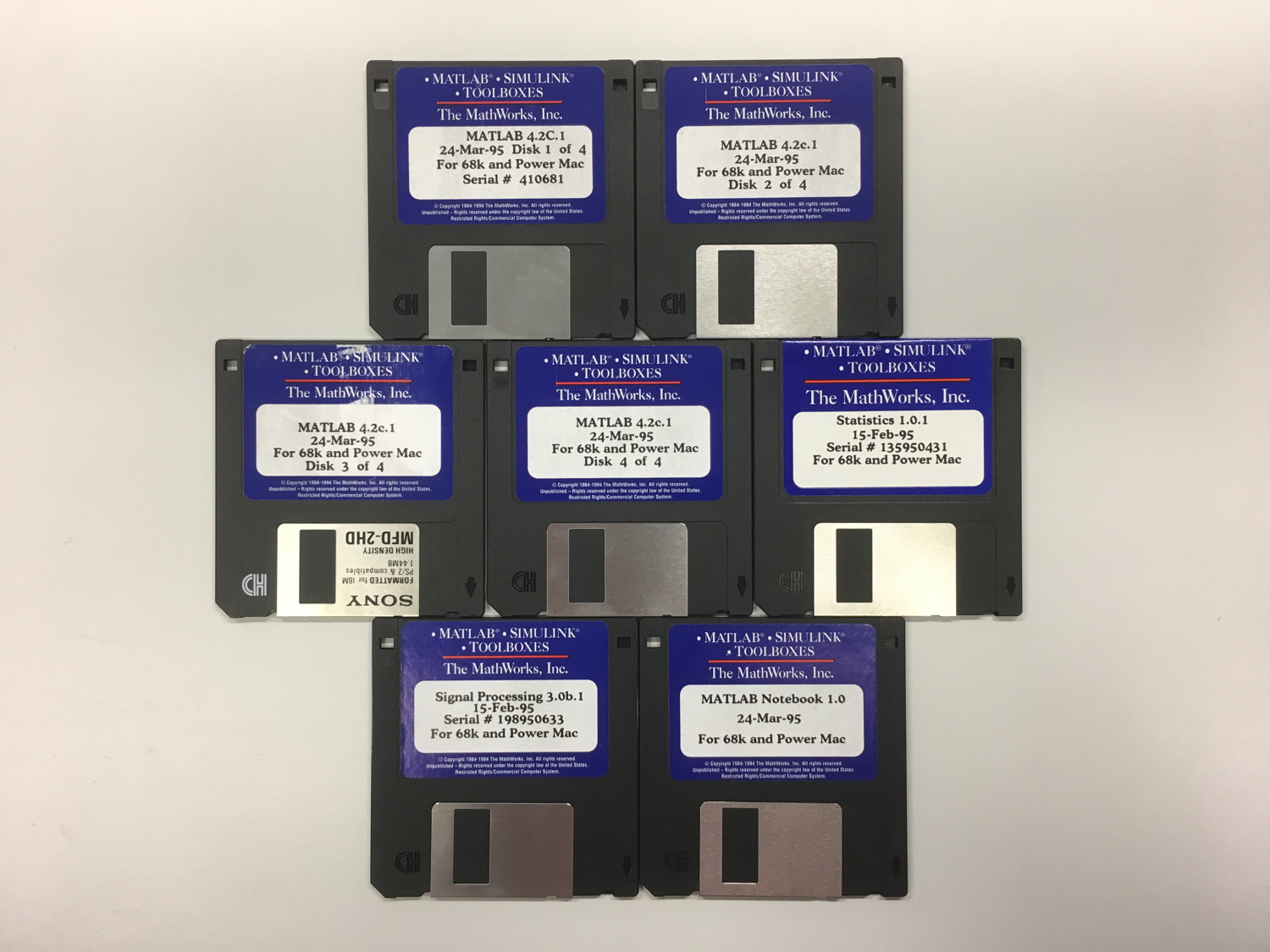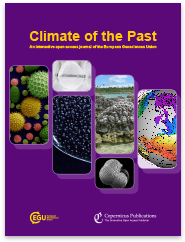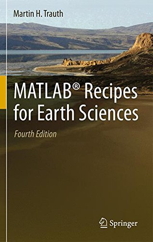The paperchase exercise is intended to help students to understand how to use sensors of mobile devices connected to a server via MATLAB Mobile. We used a laptop in the classroom, connected to the internet via WiFi, and a smartphone, connected to the internet via mobile internet connection. Continue reading “MATLAB Mobile GPS Paperchase”
MRES Blog Exceeds 200,000 Visits
Cleaning up the Office: MATLAB 4.2c.1 (1995)
As I cleaned up my office, I found old MATLAB floppy disks and manuals! These are not the oldest ones I used, which was a MATLAB demo I got from a friend at Christmas time in 1992. Continue reading “Cleaning up the Office: MATLAB 4.2c.1 (1995)”
Presentation of the MATLAB/LEGO MINDSTORMS Practical on the Day of Teaching at U Potsdam
On the Day of Teaching at U Potsdam I will give a talk about the MATLAB/LEGO MINDSTORMS practical, sponsored by MathWorks Inc. The practical, part of the master’s courses “Geosciences” and “Remote Sensing, geoInformation and Visualization“, as well as of the Summer School on Earth Surface Dynamics, aims to improve student’s skills to build efficient teams to solve typical problems in earth sciences in acquiring, processing and analyzing typical multispectral (visible, infrared, thermal), geophysical (seismic, magnetic) and geometric (2D, 3D) data.
Comment on “Young Researchers Better Avoid EGU Journal Climate of the Past”
I am one of the 4 Chief Editors of the journal Climate of the Past (CP) which is referred to in the article by Martin Trauth. I would like to thank Professor Trauth for his courtesy in letting me explain the publication system of CP so that young researchers can decide for themselves whether it is for them or not. Continue reading “Comment on “Young Researchers Better Avoid EGU Journal Climate of the Past””
Young Researchers Better Avoid EGU Journal Climate of the Past
Years ago my former doctoral student submitted a manuscript to the open access/open review EGU journal Climate of the Past. The manuscript about past climate variations in southern Ethiopia undoubtedly had its weaknesses and received negative reviews – and got rejected by editor Martin Claussen. Unfortunately, the rejected article along with reviews remains visible online at the CoP webpage and since then inspires reviewers of follow-up manuscripts submitted to other journals. Continue reading “Young Researchers Better Avoid EGU Journal Climate of the Past”
44th and 45th Shortcourse on MRES in Potsdam
The spring courses on MATLAB Recipes for Earth Sciences in Potsdam will be held on 19–23 Februar 2018 (in English language) and 19–23 April 2018 (in German language). Continue reading “44th and 45th Shortcourse on MRES in Potsdam”
EGU 2018 Session: Classroom-Sized Earth Science Experiments
Together with colleagues Bodo Bookhagen, Simon Schneider and Jens Tronicke, I am convening a session on “Classroom-sized earth science experiments” at the European Geosciences Union General Assembly 2018 in Vienna Austria between 8–13 April 2018.
Continue reading “EGU 2018 Session: Classroom-Sized Earth Science Experiments”







